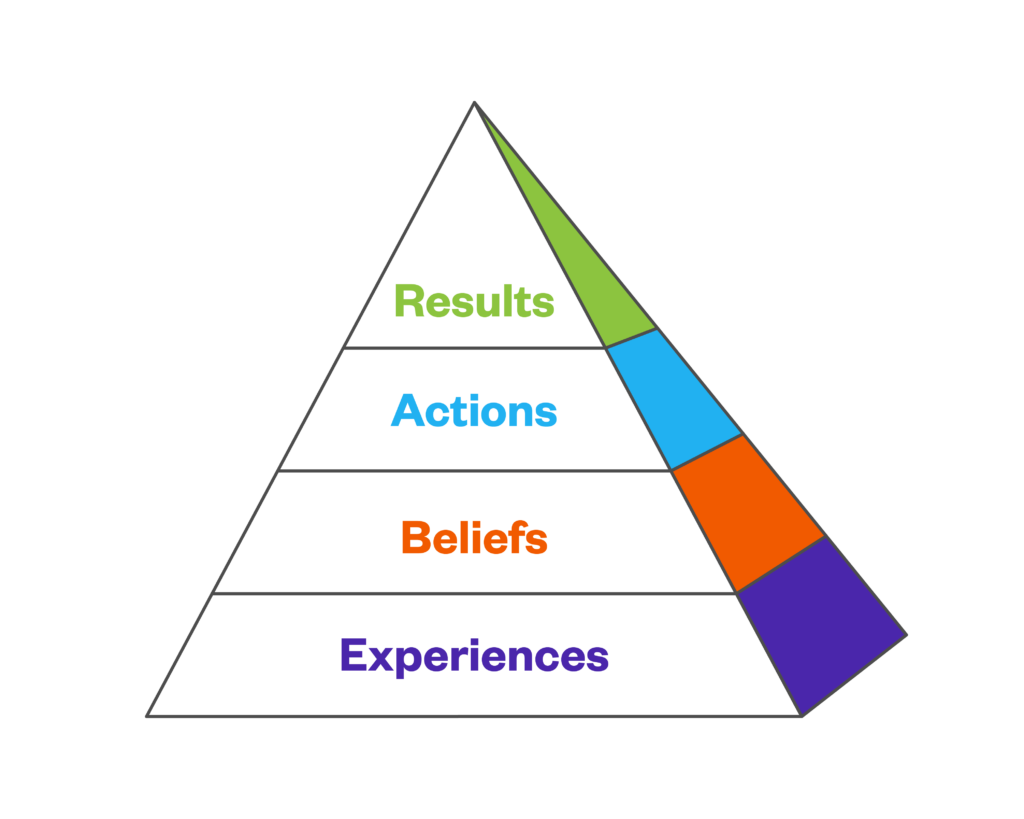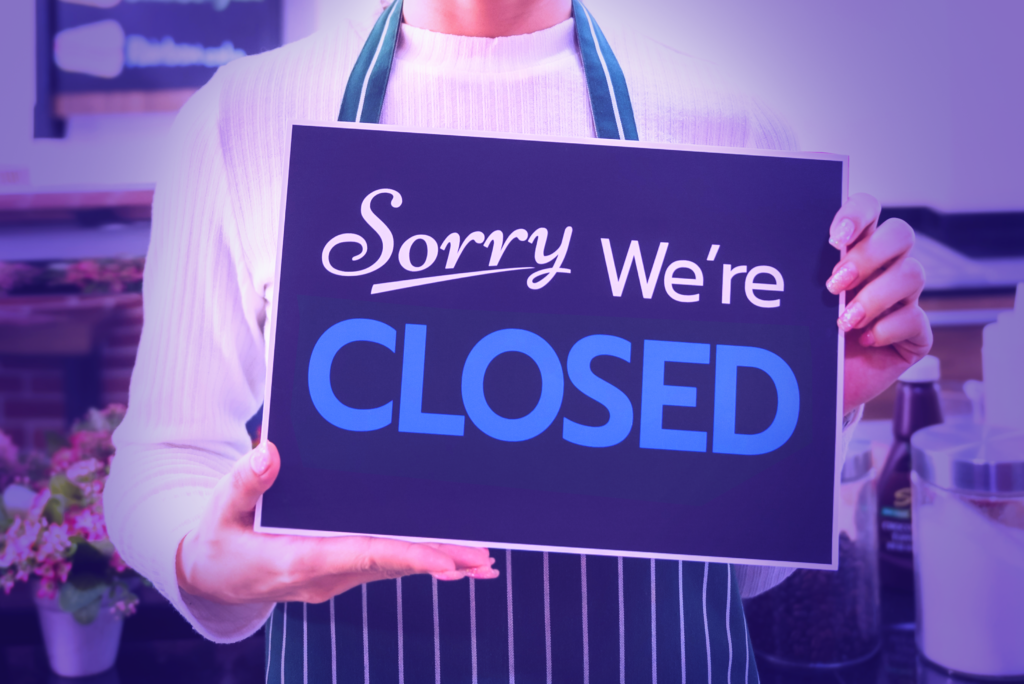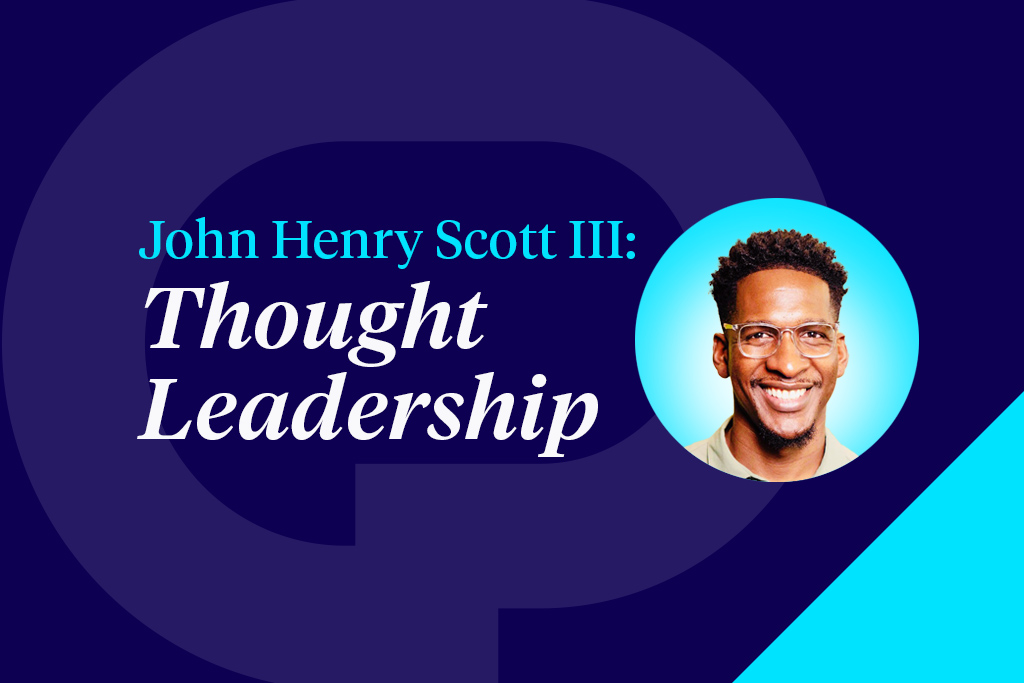In early 2018, two men went into a Starbucks in Philadelphia, PA, to meet a friend for a cup of coffee, and asked to use the restroom while they waited. They were refused, and asked to leave. They protested, telling employees they were waiting for someone and they did in fact plan to buy drinks. A Starbucks employee called 911 to report a trespassing complaint, the police arrived, and the two men were arrested without incident (meanwhile, their friend had arrived and corroborated their story). While the story is unusual, you might be wondering why it made the national news: the men are African-American, and in a time of racial and civil unrest, the seemingly unwarranted arrest of two black men struck a chord for many.
In the days following the arrests, Starbucks CEO Kevin Johnson called the incident “reprehensible,” and immediately made the decision to require nationwide racial bias training for all 175,000 Starbucks employees. A few weeks later, all U.S. Starbucks locations were closed to allow everyone to complete the training.
The closure of every single Starbucks in America might seem a bit extreme. However, when you consider the experience this created for employees and customers, you can clearly see the message: Starbucks will not stand for racial bias, and they are so committed to these beliefs, they are willing to lose millions of dollars in revenue to ensure a similar incident doesn’t happen again.
If you were a Starbucks customer who attempted to get your morning latte from them on that morning, you might have had a shocking experience when reading the following sign on the door:

This experience that Starbucks created for its employees leads to a clear belief: racial bias will not be tolerated from any employees in any Starbucks location. Because of this, employees are more likely to know and understand that all customers should be treated equally. As a result, Starbucks could avoid a similar situation in the future.
While this might seem unrelated to culture, that couldn’t be farther from the truth. In the Culture Partners methodology and approach to culture management, one model is foundational: The Results Pyramid®. It clearly lays out the path from the experiences to results, and can be applied to business, to school, to your personal life, or all of the above.
In our recent webinar, Chief Strategy Officer, Bob Pothier, and Senior Consulting Partner, Ron Paul, spoke with California State University-Fullerton Professor of Management, Gerard Beenen, on the topic of The Results Pyramid.
Professor Beenen recently drafted a white paper based on his extensive research around the organizational science behind The Results Pyramid. The white paper dives into each individual layer of the model, and how we can trace the path from experiences, to beliefs, to actions, and, finally, to results.
The basis for the white paper and subsequent webinar is this: how do we create an organization strong enough to withstand change, but agile enough to adapt to those changes? It’s a paradox he explores throughout his research. The answer is, of course, linked to The Results Pyramid.
[newsletter_module]
What is The Results Pyramid?
For organizational leaders, delivering results is the most critical part of their roles. What many fail to see, however, is that culture far surpasses strategy when it comes to achieving these results. When you create a culture where your people are empowered to do their jobs to the best of their abilities, you are setting them up to successfully deliver the results you’re targeting.
Our experiences lead us to form beliefs. Our beliefs predict our actions, and all of our actions have results. When you apply this logic to your organization, it becomes collective.

When your employees have a shared experience, good or bad, they form a belief about your organization. For example, if you were to conduct a culture or engagement survey, but make no changes as a result of the feedback, your people would form the belief that their input doesn’t matter. This, in turn, would lead to decreased engagement, ultimately affecting your business outcomes. It can also create negative experiences for your clients or customers, leading to the belief that your organization does not value them. This can be directly linked to slower growth, decreased revenue, or lower stock market performance.
Experiences make up the bottom layer of The Results Pyramid because it’s the most foundational of all the layers. It’s also the area over which you have the most control. You get to decide which experiences you want your employees to have, and what beliefs you want them to hold about your organization and about their roles within it.
Create positive experiences to influence positive beliefs. These beliefs will turn into productive actions, which lead to the results you ultimately need to achieve.




